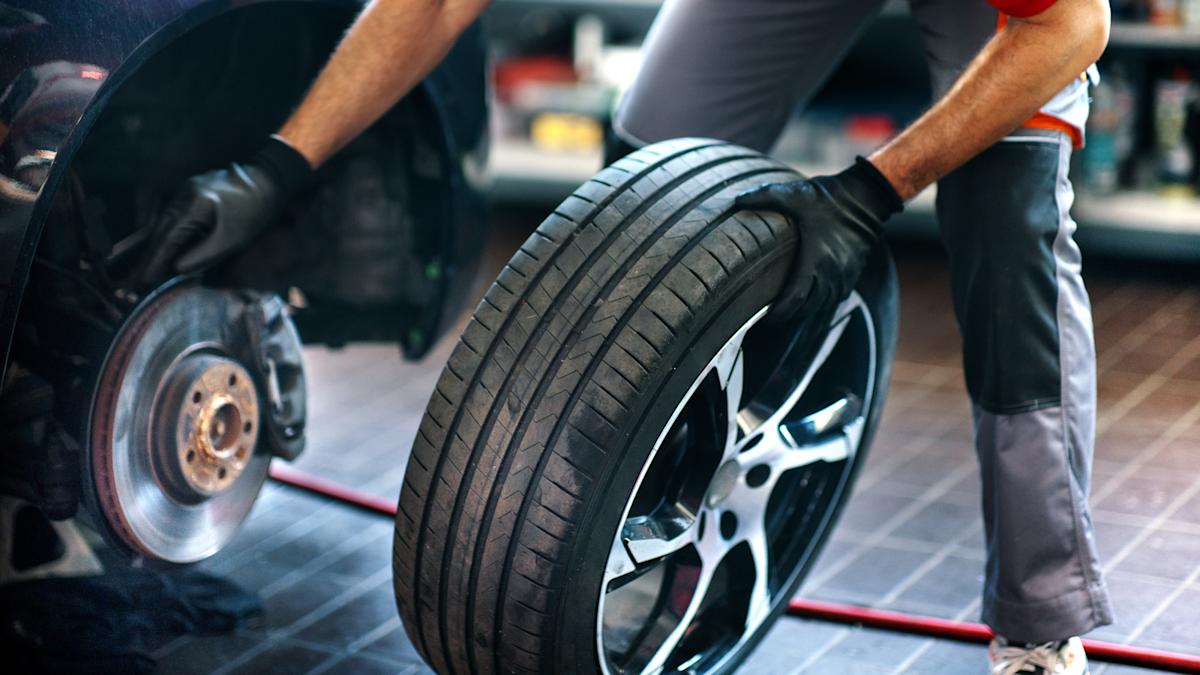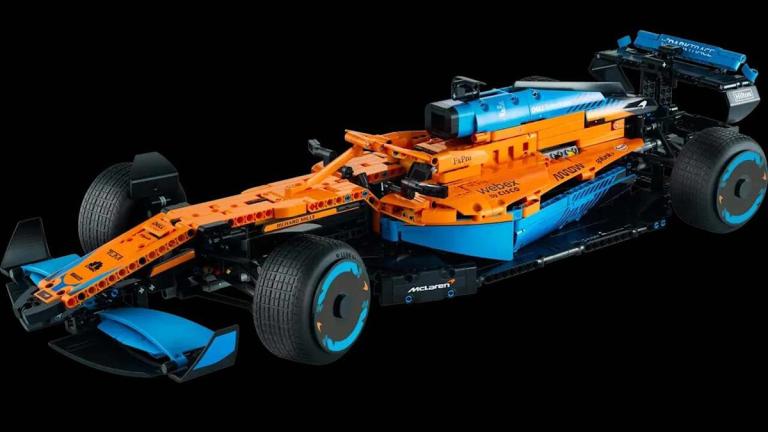
Tires play a huge role when it comes to your car’s comfort and overall structural integrity. For example, vehicles with AWD need matching tires on all four corners to combat premature wear of the differentials and transfer case. And since tires are constantly in contact with the road’s surface, they’re critical for everything from road comfort and a quiet ride to efficient braking, rapid acceleration, and responsive handling in changing weather conditions.
Expectedly, tires also affect your car’s fuel economy, thanks to what tire makers and enthusiasts refer to as rolling resistance. Simply put, rolling resistance is the energy required to keep the tire rolling over the road’s surface. Choosing tires with a lower rolling resistance can reduce CO2 emissions while providing up to 9% boosts in fuel economy. It may not sound like much, but the savings will add up over the life of the tires.
Another factor is the tread depth. Unsurprisingly, worn tires (or those with balding treads) have a lower rolling resistance than new rubber, with new tires having 20% more rolling resistance on average. It’s why observant drivers may notice a drop in fuel economy with brand-new tires. However, bald tires have less grip, which can cause the tire to slip rather than turning smoothly on the pavement. It can also cause the engine to burn more fuel to keep things moving.
The general rule is to replace the tires if the treads are below 2/32 of an inch (1.6 mm), or if the built-in wear indicators are almost level with the tread depth. Doing so not only ensures more miles per tank but also solid performance and better safety in wet or dry weather.
Read more: These Are The Worst Tire Recalls In Recent History
Less rolling resistance means better fuel economy
Sidewall and tread design of a Sailun low rolling resistance tire – Zigmunds Dizgalvis/Shutterstock
As your car moves, the tires undergo a process called hysteresis, which refers to the excess heat produced by the tire’s treads as it rolls over the road. That extra heat is characterized as energy loss, and your car’s engine compensates for that loss by burning more fuel. Besides hysteresis, the tire’s tread design, size and width, wind drag, ground friction, and the materials utilized during construction all contribute to the rolling resistance.
These issues have inspired tire makers to step up their game in attempts to reduce hysteresis and rolling resistance. Low rolling resistance (LRR) tires have benefited from advanced innovations in tire compounds, rubber mixtures, weight optimization, tire shape, and computer-enhanced tread patterns. All-season passenger touring tires are typically more fuel-efficient than performance-oriented summer tires, albeit at the expense of sporty handling and grip. Meanwhile, tire makers have expanded their touring tire lineups with grand touring and performance touring models to further blur the line between quieter touring comfort and sportier performance.
How to determine the rolling resistance of a tire

New tire with a european energy label sticker – Birdlkportfolio/Getty Images
Tires sold in Europe have energy efficiency, wet grip, and noise level grades on the label. The energy efficiency pertains to the rolling resistance of the rubber and is classified from A to E, where A is the most fuel-efficient. Unfortunately, tires sold in the USA have no rolling resistance ratings on the sidewall. However, the NHTSA is working on integrating rolling resistance and including it in the Uniform Tire Quality Grading (UTQG) rating, along with the treadwear, temperature, and traction grades.
Meanwhile, the type of tire may tell you something about the expected rolling resistance. Winter tires have a higher rolling resistance than all-season tires, owing to their softer rubber and aggressive tread patterns. The same rule applies to all-weather tires and chunky all-terrain and mud tires for trucks. On a positive note, summer tires have a lower rolling resistance than most all-season tires, but this makes them more dangerous on severely wet or icy roads.
Besides insisting on low rolling resistance tires to maximize fuel savings, you can potentially improve your fuel economy by an additional 5% when you maintain the correct tire inflation pressures and never skip a wheel alignment service. Lastly, consider rotating the tires every 5,000 to 8,000 miles to help you get the most out of a new set of tires. Remember that the rotation pattern will depend on whether your car has front-wheel drive (FWD), rear-wheel drive (RWD), or all-wheel drive (AWD).
Want more like this? Join the Jalopnik newsletter to get the latest auto news sent straight to your inbox…
Read the original article on Jalopnik.



